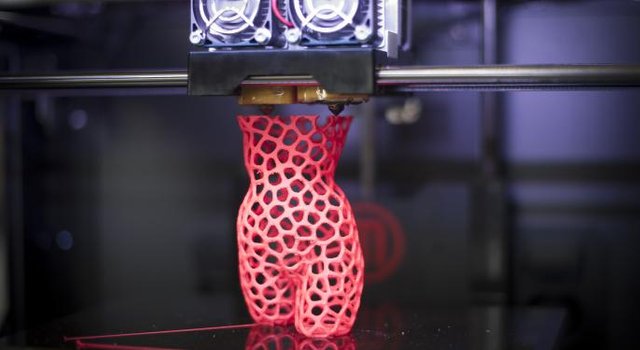Researchers 3D-print shockingly realistic human organ models

The new organs that scientists have 3D printed don't just resemble the genuine article, however they also feel like it.
3D printing has overwhelmed the world, and prescription particularly can profit by the innovation. Up until this point, individuals have 3D printed human ligament, skin, and even manufactured limbs —and we've quite recently begun to touch the most superficial layer of what 3D printing can do. Presently, specialists from the University of Minnesota have created counterfeit organ models which look fantastically sensible.
"We are creating cutting edge organ models for pre-agent hone. The organ models we are 3D printing are right around an ideal reproduction as far as the look and feel of a person's organ, utilizing our custom-fabricated 3D printers," said lead specialist Michael McAlpine, a partner educator of mechanical building at the University of Minnesota's College of Science and Engineering.
The 3D-printed structures imitate the part of genuine organs, as well as the mechanical properties, look and feel of genuine organs. They incorporate delicate sensors which can be modified relying upon the coveted organ. The sensors offer continuous input on how much power is being connected to them, telling specialists when they are near harming the organ.
The innovation could enable understudies to show signs of improvement feel for genuine organs and figure out how to enhance surgical abilities. For specialists, it could enable them to get ready for complex surgeries. It's an extraordinary advance forward from past models of simulated organs, which were by and large produced using hard, impossible plastic.
"We think these organ models could be 'distinct advantages' for helping specialists better arrangement and practice for surgery. We trust this will spare lives by diminishing restorative blunders amid surgery," McAlpine included.
Later on, analysts need to grow considerably more mind boggling organs, and in addition begin consolidating imperfections or distortions. For example, they could include a patient-particular irritation or a tumor to an organ, in light of a previous scan, empowering specialists to imagine and get ready for an intercession.
Finally, this could at last make ready for 3D-printing genuine, working organs. There's no basic motivation behind why we can't do this present, it's simply that we're not there yet. This innovation could be a venturing stone for such headways.
"In the event that we could imitate the capacity of these tissues and organs, we may some time or another even have the capacity to make 'bionic organs' for transplants," McAlpine said. "I call this the 'Human X' venture. It sounds somewhat like sci-fi, however in the event that these manufactured organs look, feel, and act like genuine tissue or organs, we don't perceive any reason why we couldn't 3D print them on request to supplant genuine organs."